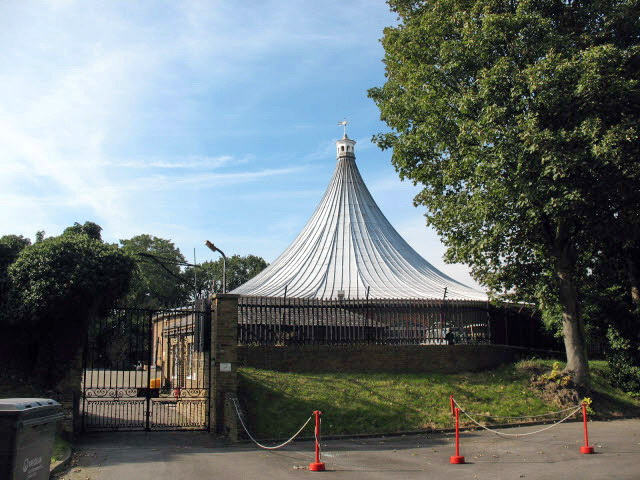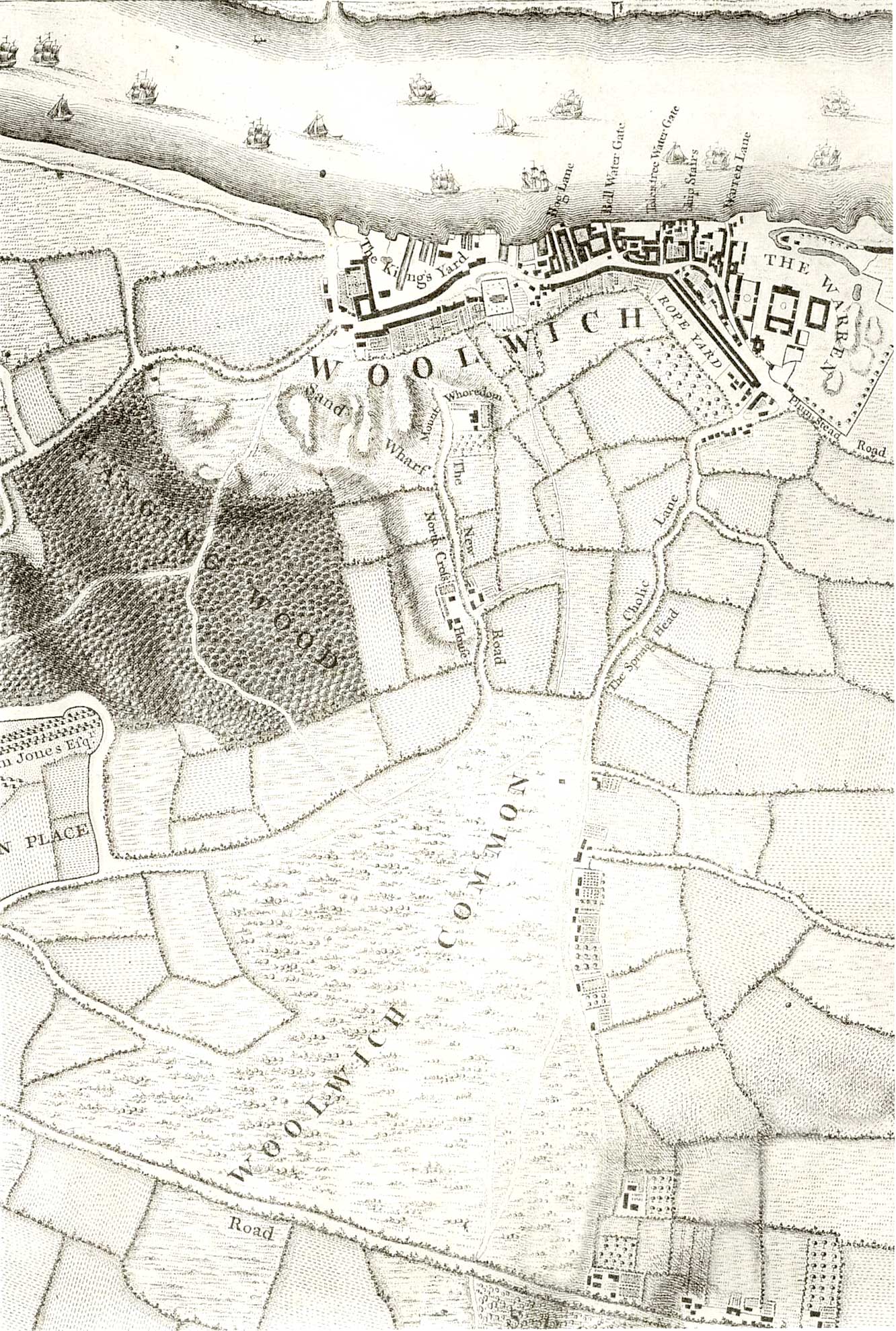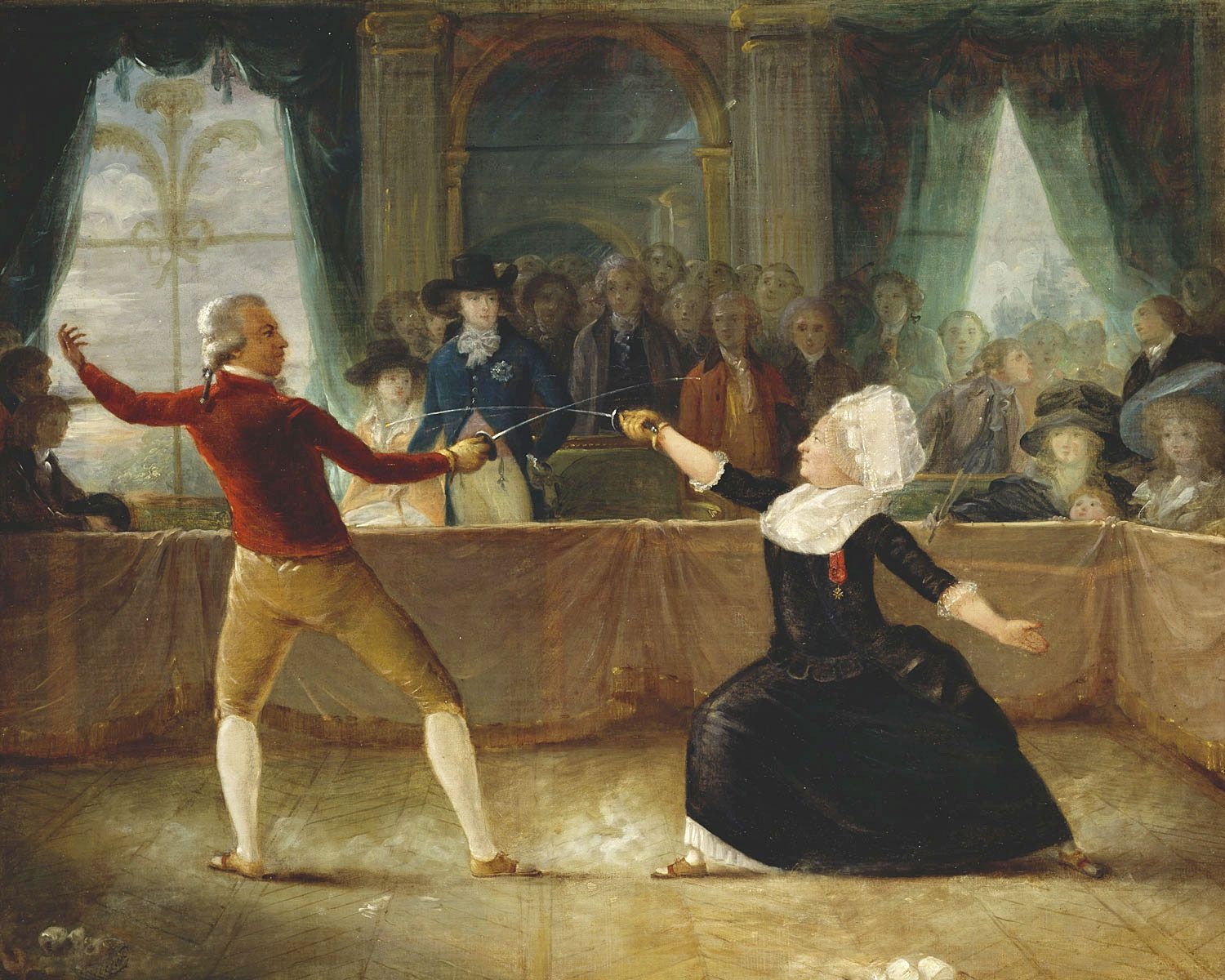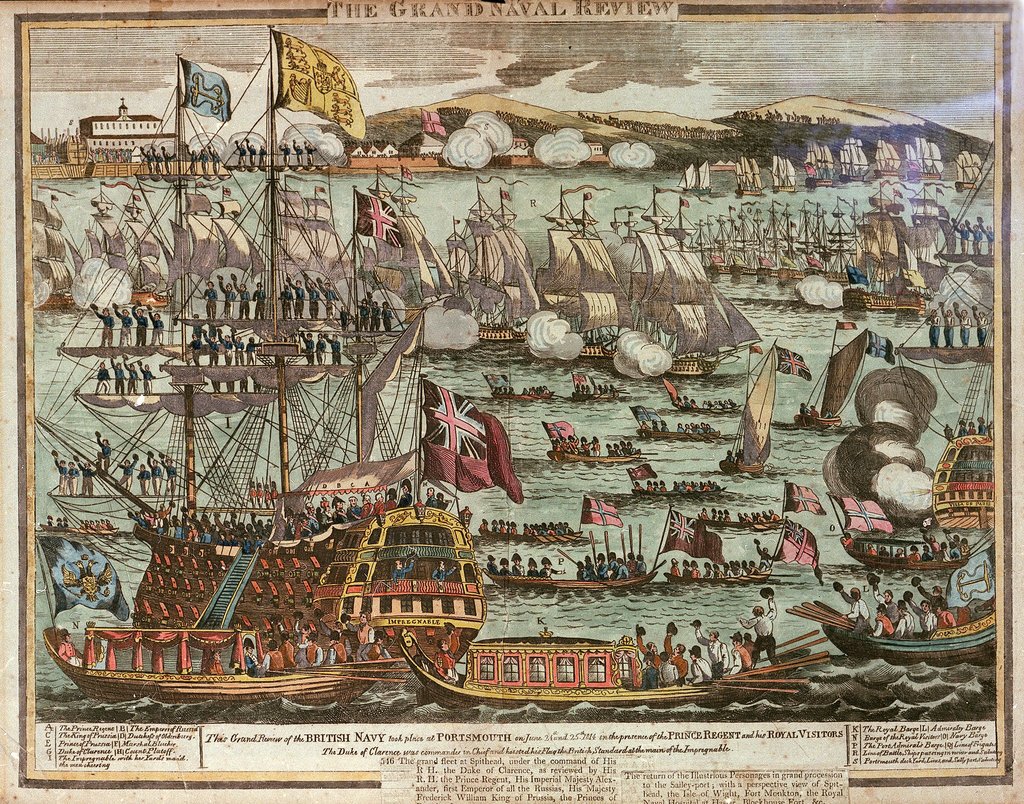|
Rotunda, Woolwich
The Rotunda on Woolwich Common, in south-east London, was originally a very large wooden rotunda, designed by the Whig architect John Nash. Intended as a temporary structure, it was erected on the grounds of Carlton House, in 1814, for use as an additional reception room for the many events hosted there by the Prince Regent in celebration of the allied victory over Napoleon. The first event held in the wooden rotunda was a magnificent celebration in honour of the Duke of Wellington, in July 1814. The Regent ordered the removal of the rotunda from the grounds at Carlton House, in 1818. John Nash had hoped it would be converted into a church. However, the Regent directed that it be re-erected on Woolwich Common for use as a museum by the Royal Artillery. When the building was re-erected in Woolwich, in 1820, its original architect, John Nash, turned it into a permanent structure with a lead roof and central supporting pillar. In 1973 the Rotunda was designated as a Grade II* ... [...More Info...] [...Related Items...] OR: [Wikipedia] [Google] [Baidu] |
Rotunda Woolwich Geograph 972034 De9efc08
Rotunda or The Rotunda may refer to: * Rotunda (architecture), any building with a circular ground plan, often covered by a dome Places Czech Republic * Znojmo Rotunda, in Znojmo, Czech Republic Greece * Arch of Galerius and Rotunda, Rotunda of St. George, built in Thessaloniki in 306 AD Ireland * Rotunda Hospital, Dublin, Ireland Malta * Rotunda of Mosta, in Mosta, Malta Moldova * Rotunda, Edineț, a commune in Edineţ District, Moldova Romania * Rotunda, Olt, a commune in Olt County * Rotunda, a village in Corbeni Commune, Argeș County * Rotunda, a village in Buza Commune, Cluj County * Rotunda, a village in Doljești Commune, Neamț County * Rotunda, a village administered by Liteni town, Suceava County * Rotunda, a tributary of the Bistrița in Suceava County * Rotunda (Lăpuș), a tributary of the Lăpuș in Maramureș County United Kingdom * Rotunda, Birmingham, a cylindrical highrise building in Birmingham * Rotunda, Woolwich, a John Nash building in Woolwic ... [...More Info...] [...Related Items...] OR: [Wikipedia] [Google] [Baidu] |
Woolwich Common
Woolwich Common is a common in Woolwich in southeast London, England. It is partly used as military land (less than 40%) and partly as an urban park. Woolwich Common is a conservation area. It is part of the South East London Green Chain. It is also the name of a street on the east side of the common, as well as an electoral ward of the Royal Borough of Greenwich. The population of the ward at the 2011 Census was 17,499. Location Woolwich Common lies on the northern slope of Shooter's Hill, a 132 metres high hill in the Royal Borough of Greenwich, only a few hundred metres southwest of Woolwich town centre. It is bounded to the south side by the A207 Shooters Hill Road, although the open space continues south of this road in Oxleas Wood and Eltham Common. Academy Road (part of the A205 South Circular road) and the former Royal Military Academy form the eastern borders of the common. Repository Road and the Queen Elizabeth Hospital make up the western border. On the north side, ... [...More Info...] [...Related Items...] OR: [Wikipedia] [Google] [Baidu] |
John Nash (architect)
John Nash (18 January 1752 – 13 May 1835) was one of the foremost British architects of the Georgian and Regency eras, during which he was responsible for the design, in the neoclassical and picturesque styles, of many important areas of London. His designs were financed by the Prince Regent and by the era's most successful property developer, James Burton. Nash also collaborated extensively with Burton's son, Decimus Burton. Nash's best-known solo designs are the Royal Pavilion, Brighton; Marble Arch; and Buckingham Palace. His best-known collaboration with James Burton is Regent Street and his best-known collaborations with Decimus Burton are Regent's Park and its terraces and Carlton House Terrace. The majority of his buildings, including those that the Burtons did not contribute to, were built by James Burton's company. Background and early career Nash was born in 1752, probably in Lambeth, south London. His father was a millwright also called John (1714–1772). From ... [...More Info...] [...Related Items...] OR: [Wikipedia] [Google] [Baidu] |
Carlton House
Carlton House was a mansion in Westminster, best known as the town residence of George IV of the United Kingdom, King George IV. It faced the south side of Pall Mall, London, Pall Mall, and its gardens abutted St James's Park in the St James's district of London. The location of the house, now replaced by Carlton House Terrace, was a main reason for the creation of John Nash (architect), John Nash's ceremonial route from St James's to Regent's Park via Regent Street, Portland Place and Park Square: Lower Regent Street and Waterloo Place were originally laid out to form the approach to its front entrance. An existing house was rebuilt at the beginning of the eighteenth century for Henry Boyle, created Henry Boyle, 1st Baron Carleton, Baron Carleton in 1714, who bequeathed it to his nephew, the architect Lord Burlington. Burlington's mother sold it in 1732 to Frederick, Prince of Wales, for whom William Kent laid out the garden. Frederick's widow Princess Augusta of Saxe-Gotha, ... [...More Info...] [...Related Items...] OR: [Wikipedia] [Google] [Baidu] |
George IV Of The United Kingdom
George IV (George Augustus Frederick; 12 August 1762 – 26 June 1830) was King of the United Kingdom of Great Britain and Ireland and King of Hanover from the death of his father, King George III, on 29 January 1820, until his own death ten years later. At the time of his accession to the throne, he was acting as Prince Regent, having done so since 5 February 1811, during his father's final mental illness. George IV was the eldest child of King George III and Queen Charlotte. He led an extravagant lifestyle that contributed to the fashions of the Regency era. He was a patron of new forms of leisure, style and taste. He commissioned John Nash to build the Royal Pavilion in Brighton and remodel Buckingham Palace, and commissioned Jeffry Wyatville to rebuild Windsor Castle. George's charm and culture earned him the title "the first gentleman of England", but his dissolute way of life and poor relationships with his parents and his wife, Caroline of Brunswick, earned him t ... [...More Info...] [...Related Items...] OR: [Wikipedia] [Google] [Baidu] |
Allied Sovereigns Visit To England
The Allied sovereigns' visit to England occurred in June 1814 to celebrate the peace following the defeat of France and abdication of Napoleon Bonaparte in April 1814. The sovereigns and generals of the Coalition Allies – comprising Austria, Prussia, Russia, Sweden, the United Kingdom, and a number of German States – took part in a state visit and various peace celebrations in London before progressing to the Congress of Vienna later that year. Official dignitaries A number of nobles, sovereigns and dignitaries attended the celebrations. These included Tsar Alexander of Russia (who stayed with his sister, the Grand Duchess of Oldenburg at the Pulteney Hotel in Piccadilly); King Frederick William III of Prussia; Prince Metternich, Chancellor of the Austrian Empire; Field Marshal Blücher, Prince Hardenberg, the Chancellor of Prussia; General Yorck; General Bülow; Count Barclay de Tolly. Events Boarding the Duke of Clarence's flagship the ''Impregnable'' in Boulog ... [...More Info...] [...Related Items...] OR: [Wikipedia] [Google] [Baidu] |
Arthur Wellesley, 1st Duke Of Wellington
Arthur Wellesley, 1st Duke of Wellington, (1 May 1769 – 14 September 1852) was an Anglo-Irish soldier and Tory statesman who was one of the leading military and political figures of 19th-century Britain, serving twice as prime minister of the United Kingdom. He is among the commanders who won and ended the Napoleonic Wars when the Seventh Coalition defeated Napoleon at the Battle of Waterloo in 1815. Wellesley was born in Dublin into the Protestant Ascendancy in Ireland. He was commissioned as an ensign in the British Army in 1787, serving in Ireland as aide-de-camp to two successive lords lieutenant of Ireland. He was also elected as a member of Parliament in the Irish House of Commons. He was a colonel by 1796 and saw action in the Netherlands and in India, where he fought in the Fourth Anglo-Mysore War at the Battle of Seringapatam. He was appointed governor of Seringapatam and Mysore in 1799 and, as a newly appointed major-general, won a decisive victory over the Mar ... [...More Info...] [...Related Items...] OR: [Wikipedia] [Google] [Baidu] |
Listed Building
In the United Kingdom, a listed building or listed structure is one that has been placed on one of the four statutory lists maintained by Historic England in England, Historic Environment Scotland in Scotland, in Wales, and the Northern Ireland Environment Agency in Northern Ireland. The term has also been used in the Republic of Ireland, where buildings are protected under the Planning and Development Act 2000. The statutory term in Ireland is " protected structure". A listed building may not be demolished, extended, or altered without special permission from the local planning authority, which typically consults the relevant central government agency, particularly for significant alterations to the more notable listed buildings. In England and Wales, a national amenity society must be notified of any work to a listed building which involves any element of demolition. Exemption from secular listed building control is provided for some buildings in current use for worship, ... [...More Info...] [...Related Items...] OR: [Wikipedia] [Google] [Baidu] |
Heritage At Risk
An annual ''Heritage at Risk Register'' is published by Historic England. The survey is used by national and local government, a wide range of individuals and heritage groups to establish the extent of risk and to help assess priorities for action and funding decisions. This heritage-at-risk data is one of the UK government's official statistics. ''Heritage at risk'' is term for cultural heritage assets that are at risk as a result of neglect, decay, or inappropriate development; or are vulnerable to becoming so. England's ''Heritage at Risk Register'' The ''Heritage at Risk Register'' covers: * Grade I and II* listed buildings (the baseline register is 1999); Grade II listed buildings in London only (the baseline register is 1991) * Structural scheduled monuments (base year is 1999) and scheduled monuments (base year is 2009) * Registered parks and gardens (base year is 2009) * Registered historic battlefields (base year is 2008) * Protected wreck sites * Conservation areas ( ... [...More Info...] [...Related Items...] OR: [Wikipedia] [Google] [Baidu] |
Grade II* Listed Buildings In The Royal Borough Of Greenwich
There are over 9,000 Grade I listed buildings and 20,000 Grade II* listed buildings in England. This page is a list of these buildings in the Royal Borough of Greenwich The Royal Borough of Greenwich (, , or ) is a London borough in southeast Greater London. The London Borough of Greenwich was formed in 1965 by the London Government Act 1963. The new borough covered the former area of the Metropolitan Borough .... Grade I Grade II* Notes External links * * {{DEFAULTSORT:Greenwich Lists of Grade I listed buildings in London Lists of Grade II* listed buildings in London ... [...More Info...] [...Related Items...] OR: [Wikipedia] [Google] [Baidu] |
Infrastructure Completed In 1814
Infrastructure is the set of facilities and systems that serve a country, city, or other area, and encompasses the services and facilities necessary for its economy, households and firms to function. Infrastructure is composed of public and private physical structures such as roads, railways, bridges, tunnels, water supply, sewers, electrical grids, and telecommunications (including Internet connectivity and broadband access). In general, infrastructure has been defined as "the physical components of interrelated systems providing commodities and services essential to enable, sustain, or enhance societal living conditions" and maintain the surrounding environment. Especially in light of the massive societal transformations needed to mitigate and adapt to climate change, contemporary infrastructure conversations frequently focus on sustainable development and green infrastructure. Acknowledging this importance, the international community has created policy focused on sustai ... [...More Info...] [...Related Items...] OR: [Wikipedia] [Google] [Baidu] |
1820 Establishments In England
Eighteen or 18 may refer to: * 18 (number), the natural number following 17 and preceding 19 * one of the years 18 BC, AD 18, 1918, 2018 Film, television and entertainment * ''18'' (film), a 1993 Taiwanese experimental film based on the short story ''God's Dice'' * ''Eighteen'' (film), a 2005 Canadian dramatic feature film * 18 (British Board of Film Classification), a film rating in the United Kingdom, also used in Ireland by the Irish Film Classification Office * 18 (''Dragon Ball''), a character in the ''Dragon Ball'' franchise * "Eighteen", a 2006 episode of the animated television series ''12 oz. Mouse'' Music Albums * ''18'' (Moby album), 2002 * ''18'' (Nana Kitade album), 2005 * '' 18...'', 2009 debut album by G.E.M. Songs * "18" (5 Seconds of Summer song), from their 2014 eponymous debut album * "18" (One Direction song), from their 2014 studio album ''Four'' * "18", by Anarbor from their 2013 studio album '' Burnout'' * "I'm Eighteen", by Alice Cooper commonl ... [...More Info...] [...Related Items...] OR: [Wikipedia] [Google] [Baidu] |








